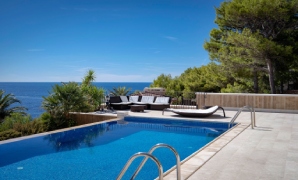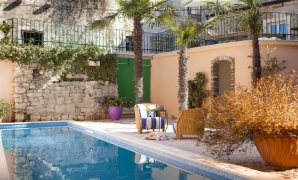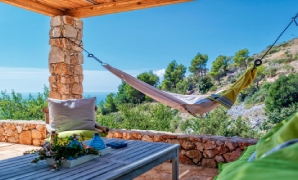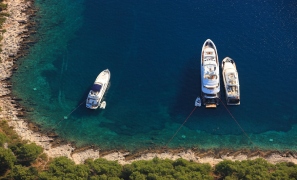Some 100 years ago we would have advised you against setting foot on the territory of Dalmatia. Because at that time you could not take a step without treading on blood-soaked ground. For thousands of years, Dalmatian soil has been painted red!
Let’s travel through time to get some answers. Why are Hvar islanders who they are today?
Why do we see parallels between the locals and the ancient Greeks and Romans? Why did those ancient Greeks land on Hvar? And why Dalmatia and the island of Hvar had influenced Europe until now!
We can try to find those answers by visiting the Roman-German Museum in Cologne and the special exhibition of Mycenaean culture in the castle of Karlsruhe.
Globalization
The globalization didn’t begin with the fusion of Daimler-Benz and Chrysler. Neither did it start after the waves of colonialism of the 15th and 19th centuries. Nor during the trading between the Chinese dynasty and Europe per Silk Road. It began much earlier, in the age of antiquity.
On the Greek Peloponnese peninsula around 1600 BC flourished a high culture of Mycenae. The discovery of alloys made with copper and tin coming from the island of Crete ushered the bronze age.
The principle of all economic centers is to export a surplus of production and to import other products. This makes the centers prosper quickly.
It also demands safe trade routes. The Dalmatian island of Hvar was located on one of those routes.
At the same time, amber was manufactured on the Peloponnese peninsula. Amber came from the Baltic and was most probably transported along the Dalmatian coast.
The ships of that period were highly vulnerable to storms, like the Adriatic Bora. When Bora started to blow, they quickly sought protection in the sheltered bays of Hvar. So Hvar became a very important island.
In Ancient Greece, the living area shrunk because of the raising population. Therefore Greece began a planned resettlement policy to avoid social unrest. They chose sparsely populated regions or those with a low level of social structure.
Greeks were also on the lookout for suitably protected bays for ports, tongues of land which were easily defensible, with the fertile surrounding area.
Safety-relevant factors were decisive. Using the existing trading routes, they collected reliable information and gathered it in a coordination center in Delphi — the so-called information center for future colonists.
At the next step ships transported essential equipment for the settlers, like cattle, arms, seeds, and tools.
When 400 BC Persians seriously threatened Ancient Greece, an emigration wave began from the Cyclades island of Paros. The islanders resettled on the island of Pharos, today called the island of Hvar.
In 384 BC, Greeks founded Stari Grad, one of the oldest towns of Europe today, in the wind protected bay of Hvar. They enslaved the local Illyrian population.
Then the second part of the plan begun with the expansion to the hinterland. Stari Grad Greeks did this by cultivating vineyards, called the Chora. The fields are tended to this day, making them the longest continuously farmed and preserved vineyards of the world, as well as earning them a place on the protected UNESCO World Heritage list.
*Author: Leo Birg




